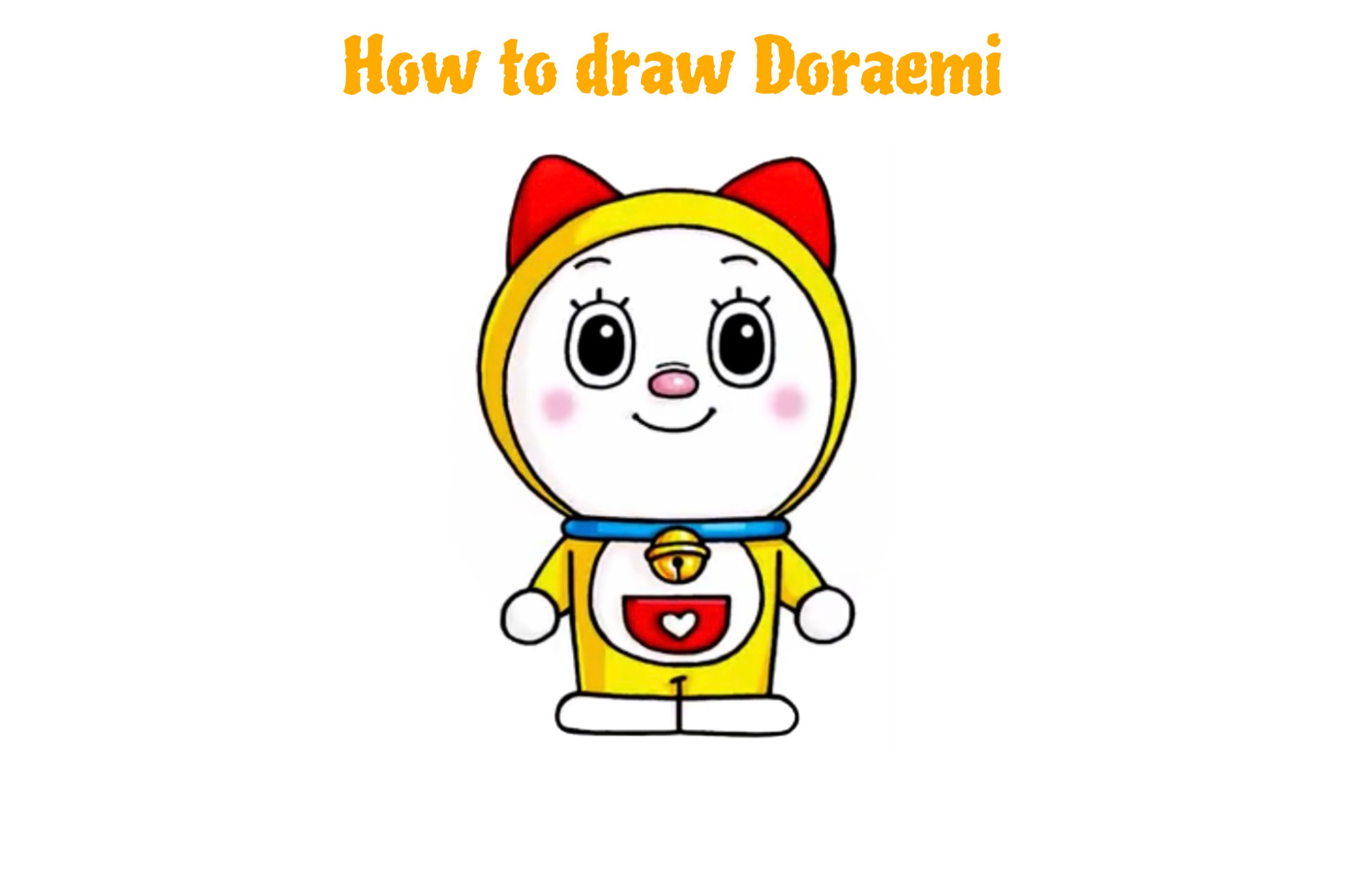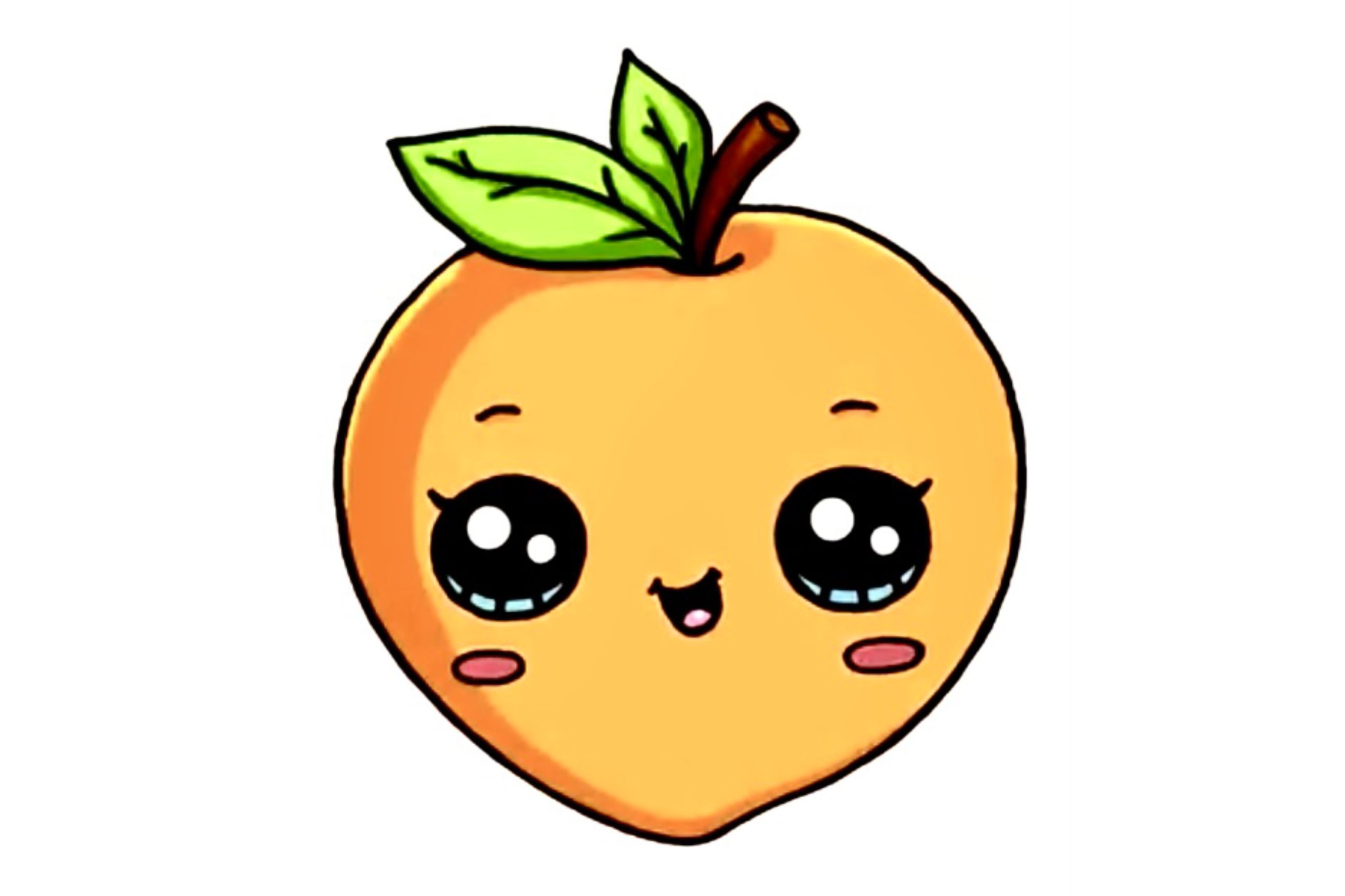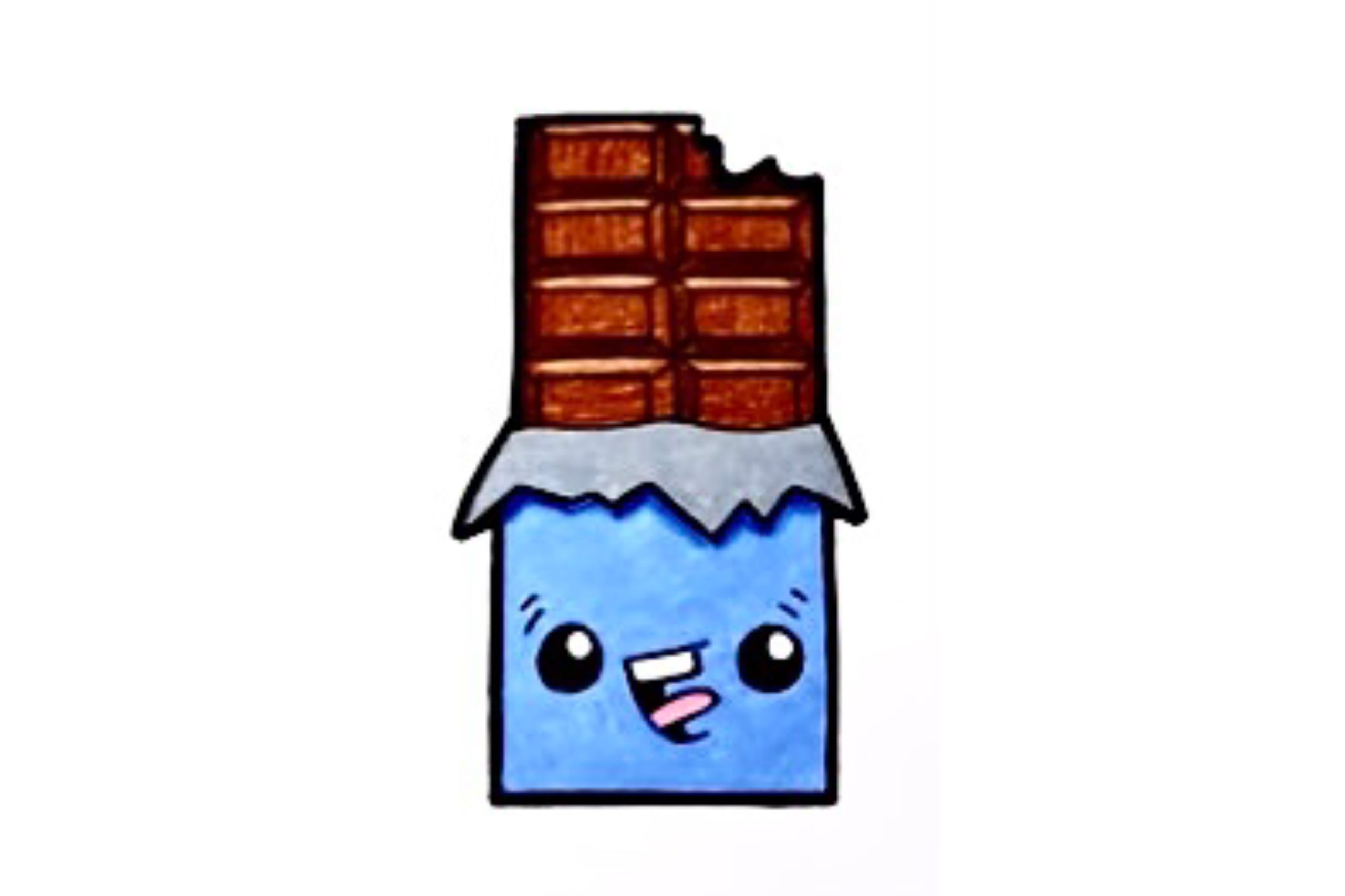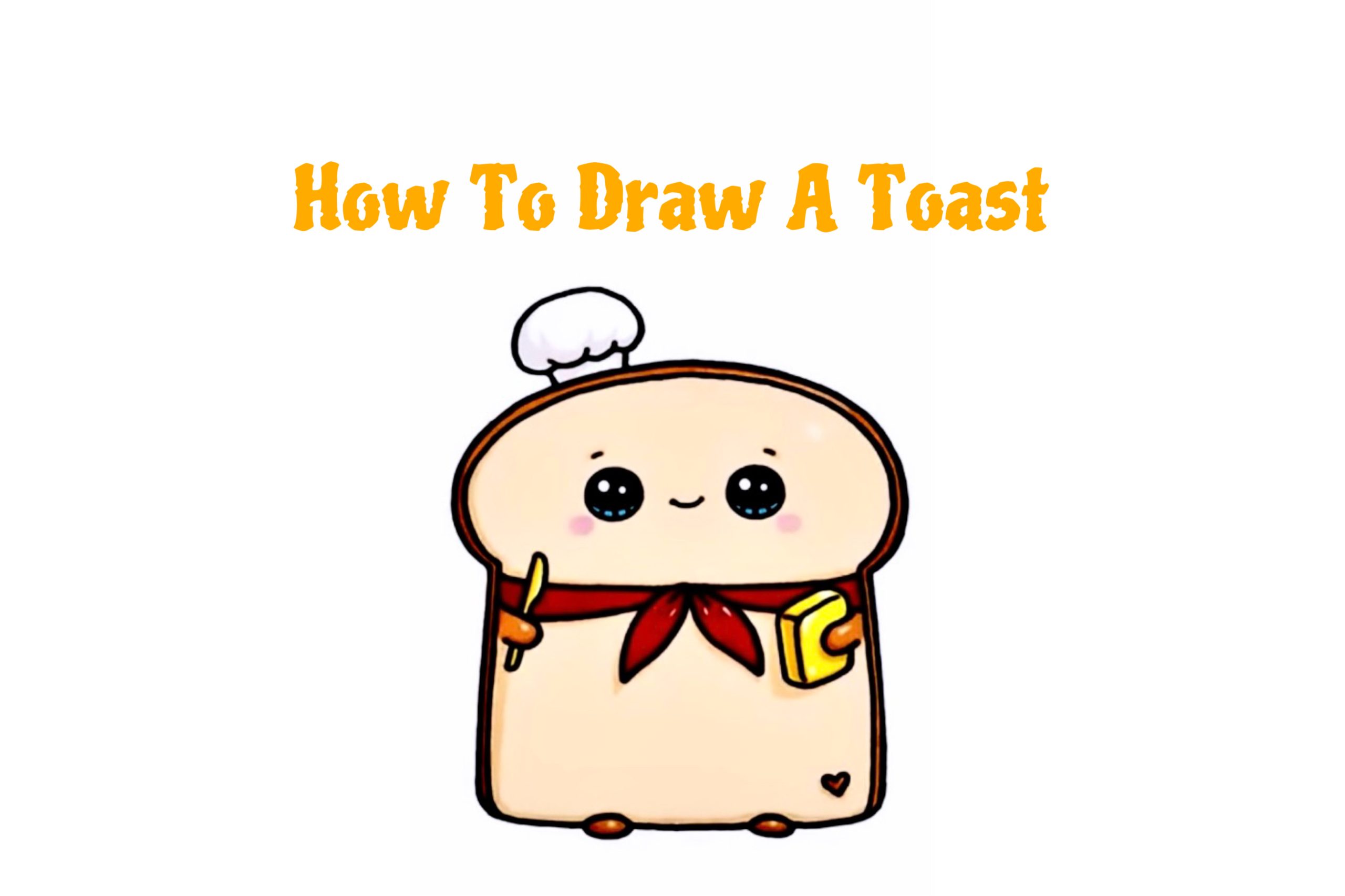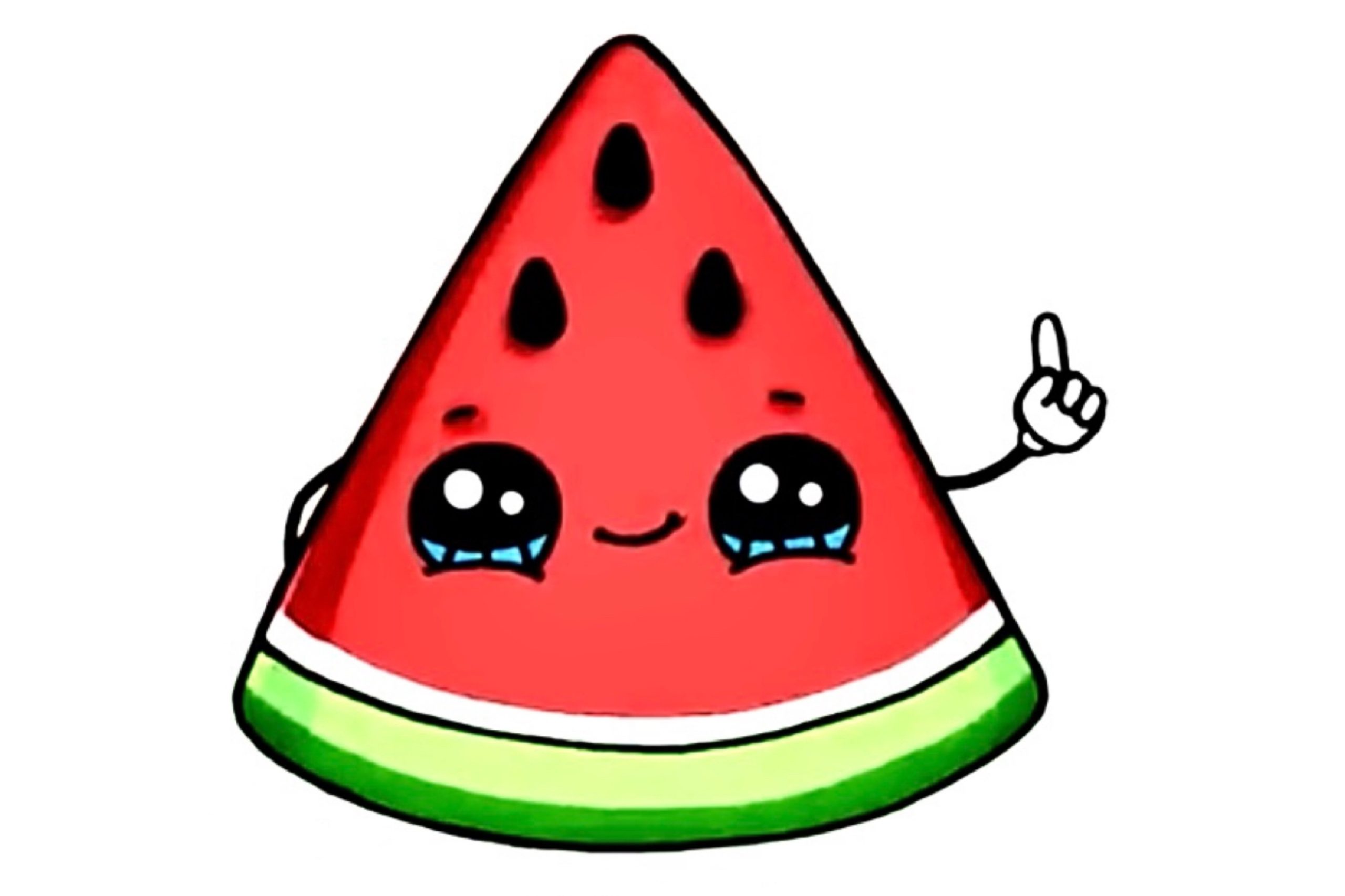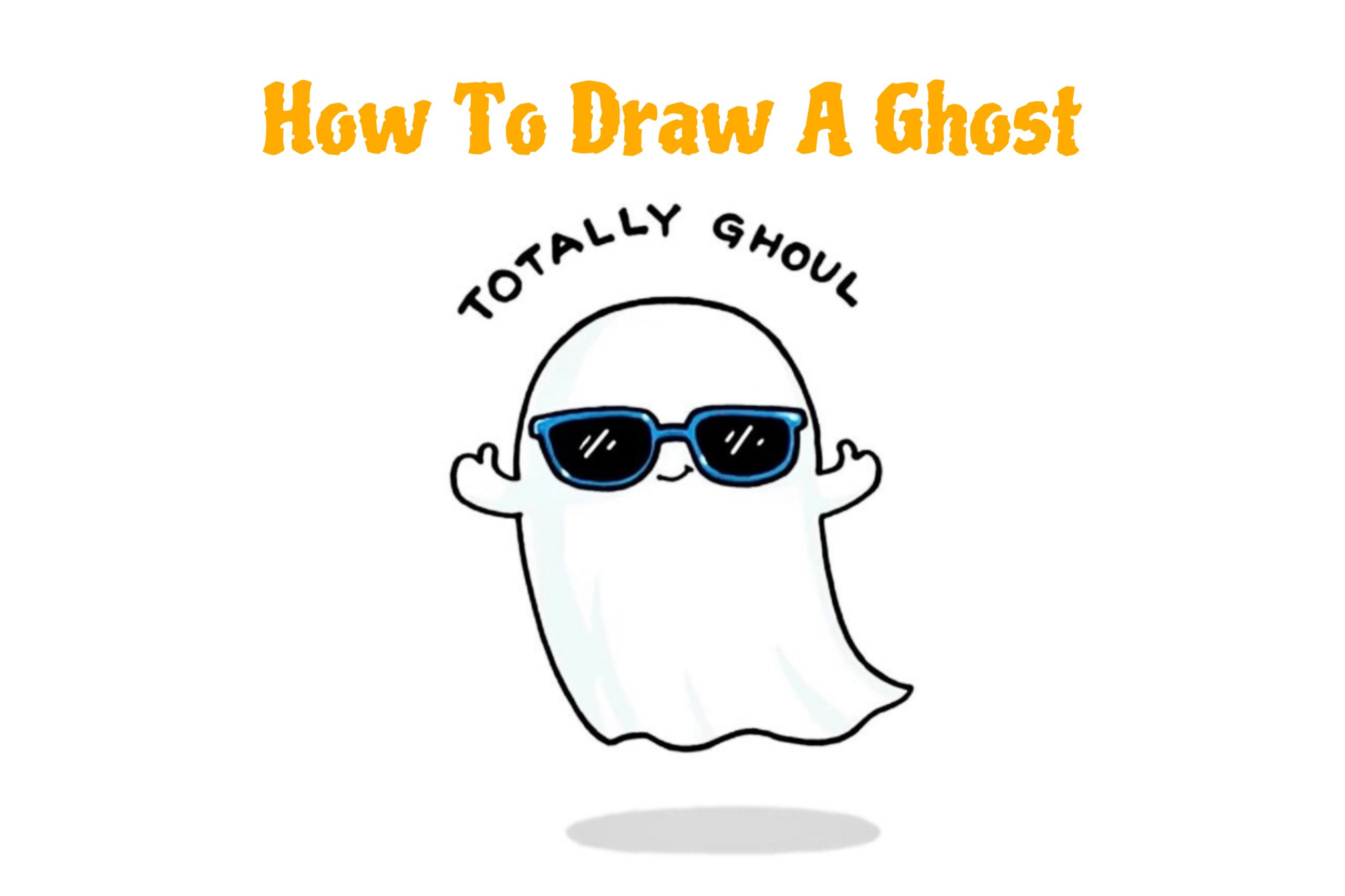Coloring Techniques
Coloring With Markers: Coloring Techniques For Vibrant Results
Markers are great options to fill your coloring pages. We will show you basic coloring techniques with markers in this blog.
I. Introduction
Markers may be an amazing tool to utilize when you want to add color to your designs. They provide a vivid and striking finish that can give your artwork more depth and character. Markers are an excellent tool for both enthusiasts and artists. However, if you are not using them correctly, marker errors could appear. These errors not only detract from the aesthetic appeal of your artwork, but they also detract from the attractiveness of your laborious efforts.
We will go over several coloring techniques and tips in this blog to help you color effectively with markers.
II. Coloring with markers
This tutorial will teach you the fundamentals of coloring with markers if you are accustomed to using pencils for coloring and want to give them a try. For most colorists, pencils are the norm. They are easy to use, long-lasting, and reasonably priced. The second most popular option are markers. They apply vibrant, striking hues with ease and speed. Better than average alcohol markers, they can even blend and shade, much like colored pencils.
It makes sense that a colorist would want to go from pencil to marker. It takes far less time to create a gorgeous website, and trying something new is always enjoyable.
But a common misconception among colored pencil users is that using markers is “easier.” It is not. To maximize the potential of each medium, you must employ distinct coloring techniques.
III. Basic coloring techniques for coloring with markers
Prior to beginning, you will need the following items:
- Markers
- A coloring page or book
- A flat surface
1. Understanding coloring markers
There are several kinds of markers available, such as those that are based on alcohol, water, or ink. Alcohol-based markers are renowned for their vivid hues, quick drying times, and seamless blending capabilities. Conversely, water-based markers are more adaptable and work with a larger variety of paper. Markers with ink are excellent for layering and adding texture.
Additionally, markers are available in a variety of textures and hues, so you can create a variety of effects. A brush tip on some markers works well for shading and drawing intricacies. Some are designed with a chisel point, which is perfect for coloring big spaces.
The color selection process should take the brand, nib quality, and color range into account. Long-term cost savings can be achieved by using permanent markers that can be refilled.
Related topic: Marker Drawing Ideas: Explore Unlimited Creativity
2. Choosing suitable paper
To get the most results with markers, selecting the appropriate paper is essential. Alcohol-based markers work best with thick, premium paper since it minimizes bleed-through and promotes smoother blending. Although a broader variety of paper types can be used with water-based markers, it is still crucial to select a paper that is sufficiently thick to avoid bleed-through.

3. Fundamental Marker Methods
Every artist has to be familiar with a few fundamental marker techniques. Using layers in your drawings is a terrific technique to add texture and depth. Simply color over the same area several times with markers to layer, progressively intensifying the color.
Another key method for producing seamless color transitions is blending. When blending two darker colors with markers, start with a lighter color. In order to give your designs depth and dimension, shading is crucial. To shade using markers, just color in one direction to make the area darker, then blend and soften the edges with a lighter color.
To sum up, getting excellent results with marker drawing requires knowing the many kinds of markers, selecting the appropriate paper, and grasping the fundamental marker techniques.
4. Constant coloring
You have to color continuously, just like you would with rapid hand movements. Make a mind map outlining the colors you will use in each location, no matter how big or tiny. It will enable you to continue coloring without having to stop and consider your next move before applying a marker stroke. The reason is that during this period, the ink will dry up and leave those ugly streaks behind. Therefore, it is best to arrange the coloring pattern in its entirety before beginning. As a result, you will not need to lift your marker as much and can color more smoothly.
5. Using colored pencils and markers for coloring
You have each tried them on your own. It is time to assemble them now. Try using pencils and markers to color the same paper. Use a pencil to add some color, then try blending it with a marker. Try different things and play around with both media to produce remarkably unique artwork.

IV. Advanced coloring techniques with markers
1. Producing Details and Textures
Adding textures and features to your marker coloring can elevate your artwork to a new level. Hatching is one method for producing texture. Drawing a sequence of parallel lines to create the appearance of texture or shading is known as hatching. Similar methods include cross-hatching, which involves meeting two sets of parallel lines to produce a pattern resembling a mesh. Using the stippling technique, which entails making a pattern of dots, is another option to add texture.

Overdraw your marker lines with a fine-tip pen to add details. You can use this approach to add features, texture, or contours to particular portions of your artwork.
A white gel pen can also be used to highlight and detail your artwork.
2. Understanding Light and Shadow
You may add depth and complexity to your artwork by including light and shadow. Gradients are one tool for achieving this. Combining two or more colors results in gradients. Work your way toward the darker color by beginning with the lighter hue. Smudging is another method for introducing dimension. This entails blending colors together with your finger or a blending pen.

Shade regions that would normally be in darkness with a darker color to add shadow. For instance, while coloring a person’s face, be sure to darken the area beneath the chin, under the nose, and around the eyes. In places where there would be reflected light, you might also use a colorless blender to generate a lighter tone.
V. Keep practicing
It is time to finish your second marker coloring page after you have finished the first page. Next up, another. After that, you should do some research and practice a few new skills. You will become an expert with markers if you keep practicing and learning.
Finally, coloring with markers is a colorful and enjoyable way to add life to your drawings. Do not forget to experiment with different techniques and use a colorless blender to create lighter shades. If you run into problems, like bleeding or smudging, try using heavier paper or a colorless blender to fix mistakes. So keep practicing, embrace your creativity, and get ready to create colorful and humorous masterpieces.
FAQs
1. How do you use markers to color evenly?
Selecting the proper instrument is the first step towards achieving even strokes. It will assist you in drawing straight, even lines, whether you are coloring or practicing calligraphy.
The next step is to color with light, tiny strokes to prevent the ink from smearing or bleeding. Additionally, confirm that the direction of each stroke you are making is the same. It guarantees that the color is even instead of requiring you to make repetitive strokes.
Using brush markers can provide you with an additional benefit. Because these pens are water-based, you may apply the brushing method to the marker art by soaking a clean paintbrush in a small amount of water. The appearance will be even and gentle.
2. How may the streakiness of markers be reduced?
There are numerous strategies that we have already discussed to lessen the streakiness of markers. However, flicking is an extremely useful technique that can reduce streakiness on any marker. You may use a range of colors and yet achieve a stunning blend with this technique.
3. What should I do when there are issues while coloring with markers?
Try using heavier paper if you are experiencing bleeding or blurring of your marker colors. Smooth cardstock or marker paper work well. To mix colors or fix errors, you can also try using a colorless blender. Try coloring gently and using the side of your brush nib rather than the tip if you are experiencing problems combining colors. This will facilitate easier color blending by releasing more ink and solvent onto the paper.
Always keep in mind that when it comes to marker coloring, practice makes perfect. Do not be scared to try out various coloring methods, incorporate texture, and manipulate light and shadow. You may use markers to produce beautiful artwork if you have patience and time.
Markers are great options to fill your coloring pages. We will show you basic coloring techniques with markers in this… View More


